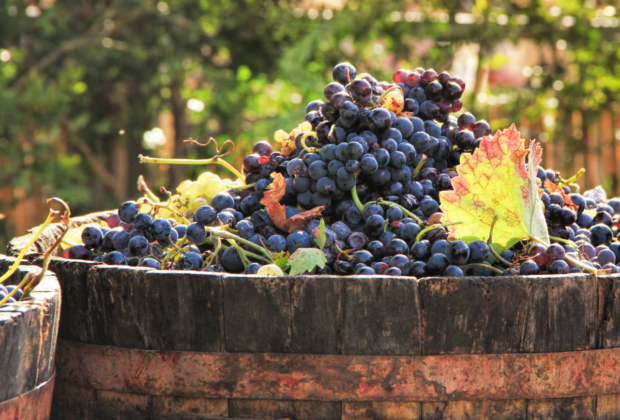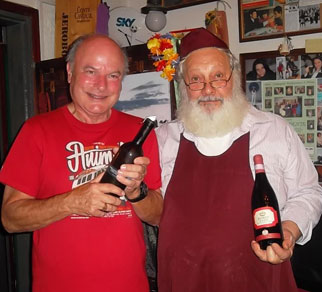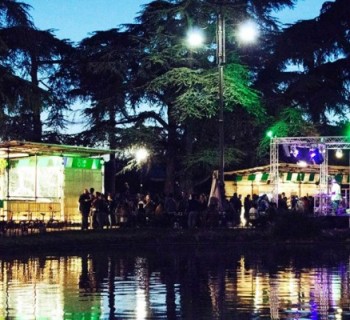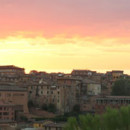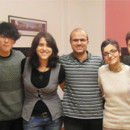Since mid-August all over Tuscany, everywhere is being harvested on wineries to get the grapes for our great wines: Chianti, Brunello di Montalcino, Vernaccia di San Gimignano, up to the very precious, and of course expensive, Tignanello, Ornellaia, Masseto, etc. First, it is harvested for the whites, then for the reds.
This year we expect less quantity and more quality, perhaps a great vintage is in the making. The spring was cool and the summer very hot and dry. In September the temperatures dropped and it rained. An ideal climatic path to create great wines!
Who decides when the harvest begins? In the big wineries legions, technicians analyze the acids and sugars in the grapes, vine by vine, in order to start at the right time. And woe to be wrong, the quality could be compromised! In small wineries, instead, the winemakers taste the grapes, look at the sky and kick off the harvest on the basis of tradition, as their fathers and grandfathers did. However, each type of grape has its own harvesting period. There are some vines that ripen and must be harvested in August and others even in November! You can't go wrong, the consequences would be disastrous!
How is it harvested? It would be better to avoid the heat and start very early in the morning to prevent the juice that comes out of the broken grape berries from starting to ferment. The tools? Scissors, buckets, wagons, or tractors to empty the buckets full of grapes, and a lot of goodwill, precision, and energy! It is important not to waste time, once you have started. The harvested grapes are to be immediately taken to the farm, where they are placed in the "destemmer", a machine that separates the stalks from the bunches. Then they are put in the "crushers", other machines that break the berries and let out the juice that will become wine. For the whites, all the skins, stalks, and seeds are immediately removed, while for the reds, part of the skins are left to give the wine color, body
and aromas.
We remind you that grappa is made from the pomace by distillation, that is, from the stalks, the skins, and the seeds! Another wonder for our tables! After a hearty lunch made of Florentine steak, Chianti wine, and grape tart, what better than a "grappino"?
On the weekends, while harvesting, many wineries organize visits and tastings for those who want to understand how wine is made and taste typical local products. You can learn about the whole process, from the vineyards to the cellars, by tasting musts and some selected wines from the winery. Some also offer rich lunches, sometimes outdoors among the vineyards. A menu as an example of an important winery near Florence: mixed grill with sausage, roast pork, and roasted skewers. Mixed seasonal grilled vegetables and salad. Selection of Tuscan cheeses, with homemade bread and focaccia, accompanied by jams. Dessert: grape tart, castagnaccio, and blackberry tart.
What more do you want?
USEFUL LINKS:
- WEBSITE: https://www.leonardo-florence.com/ - https://www.scuolaleonardo.com/learn-italian-in-florence.html
- CONTACT US
Read more articles about our Italian language school in Florence:
- Dolce Vita program in Florence
- Italian in Tuscany Paradise
- Scuola Leonardo da Vinci: the best Italian language school in Florence
- Our teachers, the strength of Scuola Leonardo da Vinci
- Scuola Leonardo da Vinci won Study Travel Star Awards 2021
- A week with Dante Alighieri
Scuola Leonardo da Vinci Florence
Latest posts by Scuola Leonardo da Vinci Florence (see all)
- Christmas Magic in Florence: A Guide to Unmissable December Events - December 9, 2025
- The Charming Legend of Il Porcellino - November 10, 2025
- Italy: an immersion in the Art - discover our art with Italian language programs - October 6, 2025


